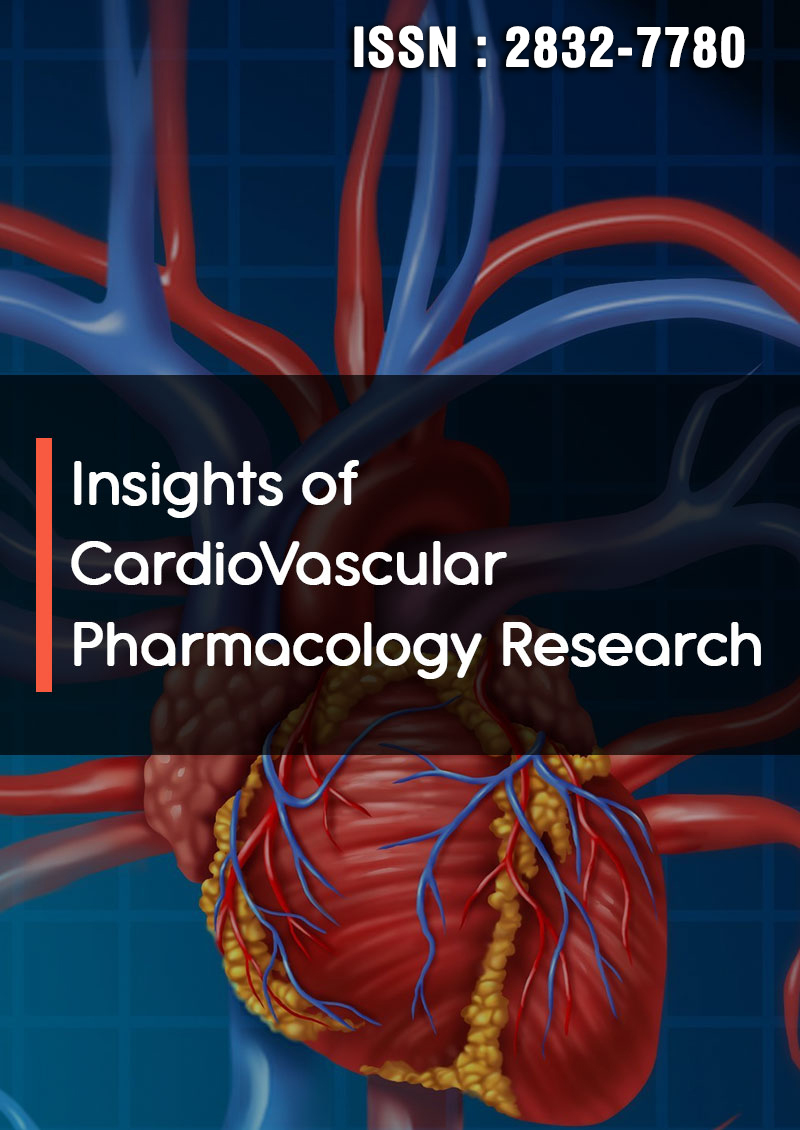G-Protein-Coupled an Emerging Therapeutic Target in Cardiovascular Diseases
Abstract
Ullah Kifayat and Liu bin
G-protein-coupled receptors GPCRs (guanine nucleotide binding protein) approximations varies in regards of numbers, are 7-seven transmembrane spanning (7 TM receptors) helices. Being a diverse membranous surface receptor, said receptors are mainly responsible in regulations of physiological as well as pathophysiological cardiac function. Henceforth, they are target for course of action of hypertension and heart failure drugs and it represents one of largest group of surface receptors in body. There are numerous GPRC’s antagonist such as β-adrenergic receptors (βARs), Angiotensin-II receptors (Ang-II), endothelin and adenosine receptors. In cardiovascular diseases such as hypertension (HTN), Heart Failure (HF) and coronary artery diseases (CAD) these drugs are now standard care of therapy in daily practice. GPCRs activation and downstream signaling subsequently, in latest discovery have shown new mechanism of actions were thought to be acknowledged in late 80’s and 90’s. Yet, recent studies shown that currently there are small fraction of cardiac GPCR repertoire are targeted by available therapeutic drugs. Nevertheless, it indicates that there is a lot to explore in unacknowledged aspects in heart GPCRs. In this review I will try to update and reviews those aspects studied by the respective experts and Those GPRCs which influences cardiovascular system. My review will provide insight into β-arrestine/effectors complexes which has shown distinctive influence over cardiac physiology and disease. This review focus on both expansion of repertoire GPRCs, β-arrestine and its effect on subsequent signaling pathways. This review deliberates the progressing in the field of GPRCs signaling, ligand bias, and β-arrestine mediated signaling.



